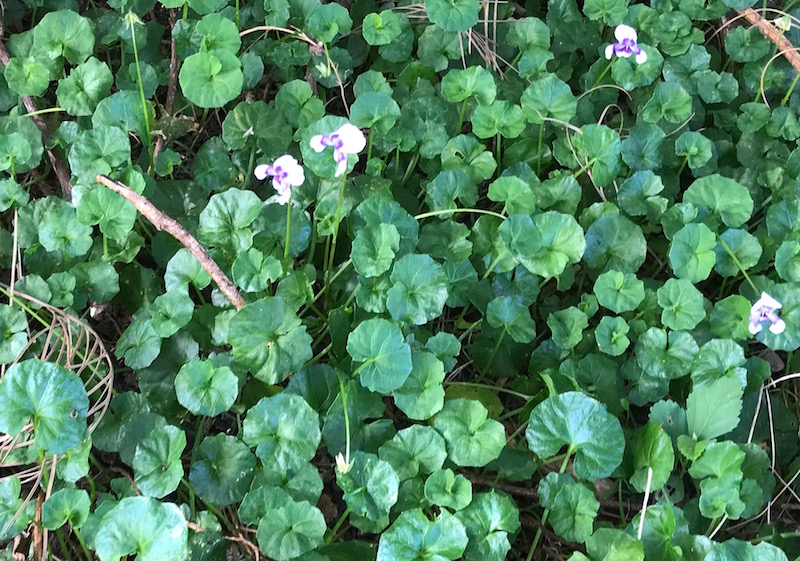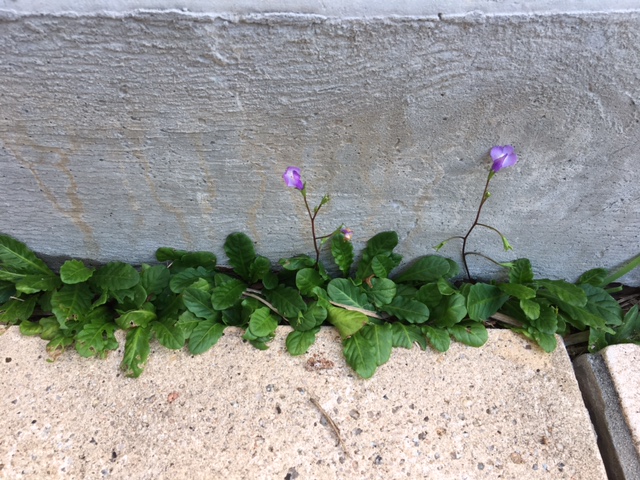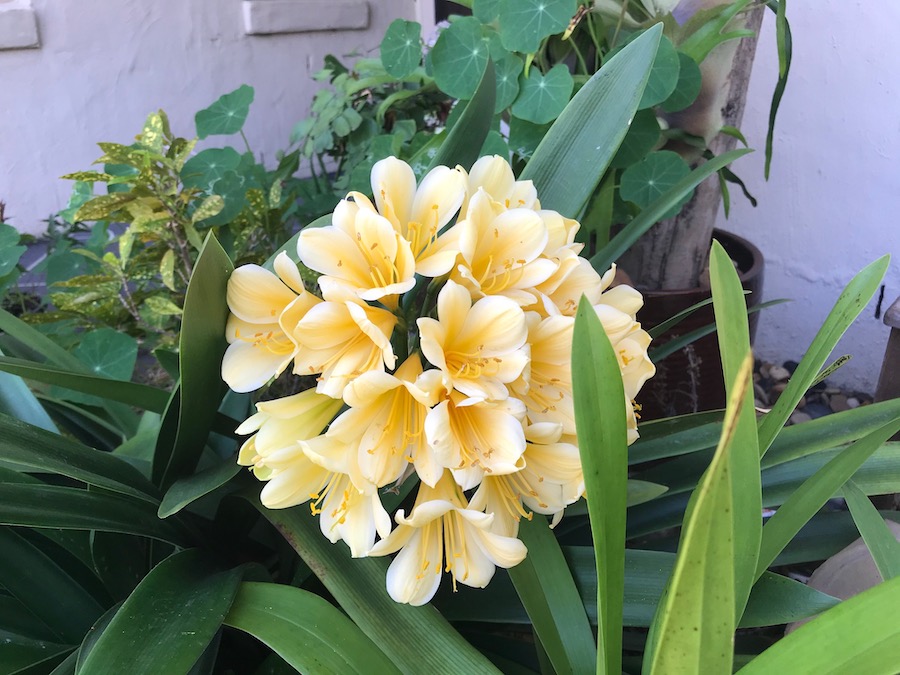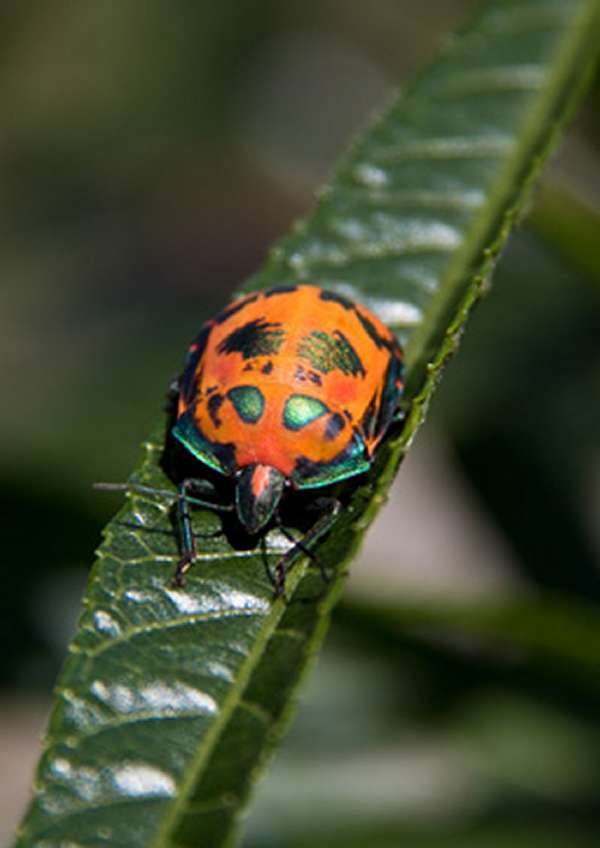Why I Won’t Be Growing An Edible Verge
I was among those who was delighted when the BCC came out with their new policy allowing verge gardens in 2016. But there were also complaints from the edible verge movement that it didn’t include lots of edible foods in its suggested plants. The guidelines didn’t forbid edibles, it just didn’t push their barrow. I […]
Why I Won’t Be Growing An Edible Verge Read More »























